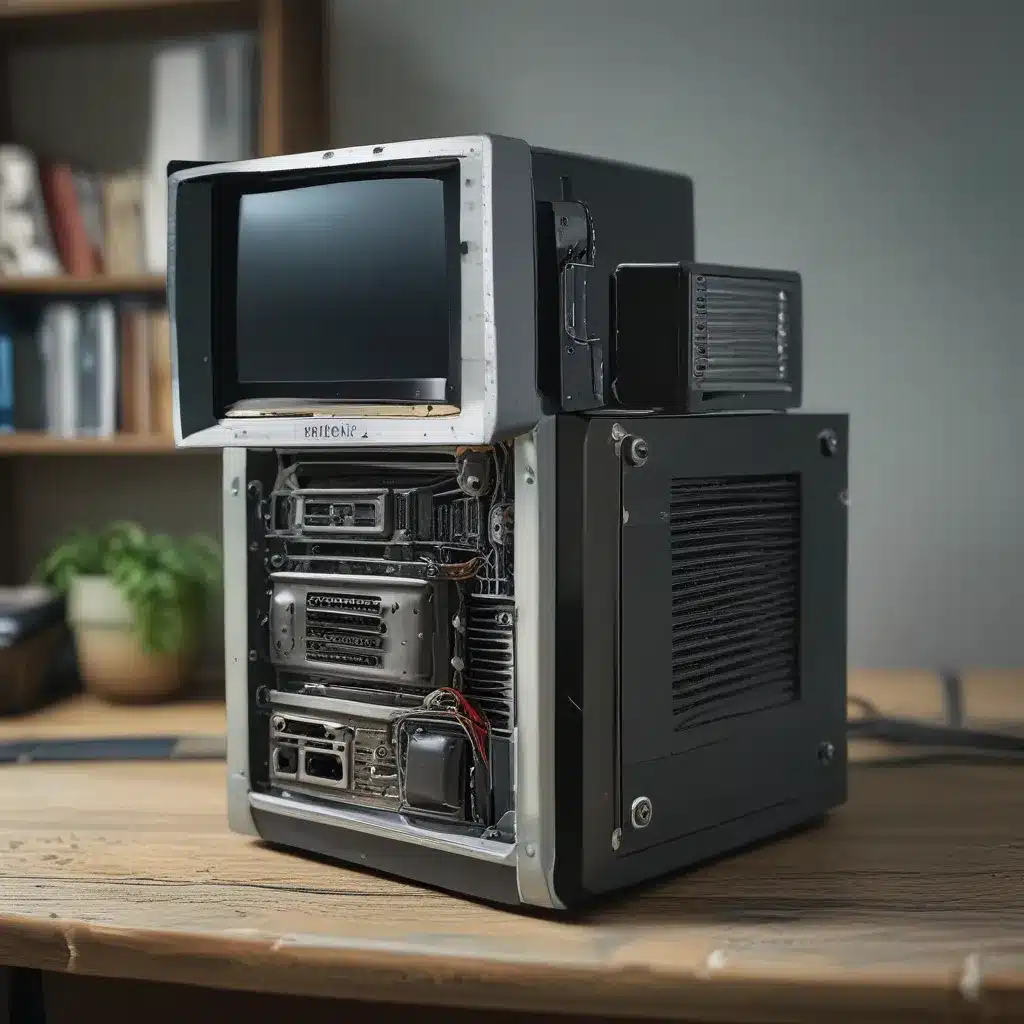
Rediscovering The Power Of Forgotten Devices
I’ll admit it – I used to be a bit of a tech hoarder. Old computers, laptops, and electronics would just pile up in my spare room, collecting dust and reminding me of my inability to let go of the past. That was, until I discovered the joys of turning these forgotten devices into powerful media and file servers for my home.
If you’re like me and have an old desktop PC or laptop gathering cobwebs in the corner, I’m here to tell you that you’re sitting on a goldmine. With a few simple steps, you can transform that relic into the beating heart of your digital home – a centralized hub for all your movies, music, photos, and more. No more hunting for files across multiple devices or thumb drives. Just a seamless, always-available repository for your entire media collection.
Choosing The Right Hardware
Now, I know what you’re thinking – “But my old computer is practically a dinosaur, how could it possibly handle being a media server?” Well, my friends, you’d be surprised. Many older machines, even ones that are 5-10 years old, have more than enough horsepower to serve up your media with aplomb.
The key is to take a good look at the hardware specs. At a minimum, you’ll want:
| Component | Recommended Specifications |
|---|---|
| Processor | Dual-core CPU, 2GHz or higher |
| RAM | 4GB or more |
| Storage | 500GB or larger hard drive |
| Operating System | Windows 10, Ubuntu 20.04, or other modern Linux distro |
If your machine ticks those boxes, you’re in business. And even if it’s a little long in the tooth, don’t worry – there are some clever tricks we can use to breathe new life into it.
Preparing Your Server
Alright, now that you’ve identified a suitable candidate for your media server, it’s time to get things set up. The first step is to decide on an operating system. While Windows 10 can certainly get the job done, I’d actually recommend going with a lightweight Linux distribution like Ubuntu Server or Debian.
These operating systems are designed with servers in mind, which means they’ll run smoothly on older hardware without all the bloat of a full-fledged desktop OS. Plus, they come packed with a ton of powerful media server software that’s easy to set up and configure.
This handy video from the folks at Techquickie walks you through the process of installing Ubuntu Server and setting up a Plex media server. It’s a great starting point, and the principles apply to other Linux distros as well.
Once you’ve got your operating system installed, the next step is to start organizing your media files. I like to keep things nice and tidy by creating separate folders for movies, TV shows, music, and photos. That way, when you hook up your media server to a client device like a smart TV or streaming box, everything is easy to browse and navigate.
Expanding Your Server’s Capabilities
Now, a basic media server is great and all, but why stop there? With a little elbow grease, you can turn your old computer into a true digital Swiss Army knife, capable of all sorts of nifty tricks.
For starters, consider setting up a cloud storage solution like Nextcloud. This allows you to access your files from anywhere, on any device, without relying on a third-party service like Dropbox or Google Drive. It’s a great way to keep your data under your own control.
You could also turn your media server into a smart home hub, using open-source platforms like Home Assistant to connect and control all your IoT devices. This video from the Techno Dad Life channel has some awesome tips on setting that up.
And of course, no media server would be complete without a killer media player. I’m a huge fan of Kodi (also known as XBMC) – it’s free, open-source, and packed with features that make browsing and enjoying your media an absolute breeze. Plus, with all sorts of cool add-ons and customization options, you can really make it your own.
Embracing The DIY Spirit
At the end of the day, turning an old computer into a media or file server is about much more than just freeing up some storage space. It’s about tapping into your inner tinkerer, breathing new life into forgotten tech, and taking control of your digital ecosystem.
Sure, you could always just buy a shiny new NAS (network-attached storage) device. But where’s the fun in that? By repurposing an existing machine, you get to roll up your sleeves, learn some new skills, and create something truly unique to your home. Plus, you’ll save a ton of money in the process.
So what are you waiting for? Dig out that old desktop, give it a good dusting, and let’s get to work turning it into the centerpiece of your digital domain. Who knows – you might even end up with a new hobby (and a lot more hard drive space) in the process. And if you ever need a little help along the way, be sure to check out the awesome resources and community over at ITFix.org.uk – they’re always happy to lend a hand.












